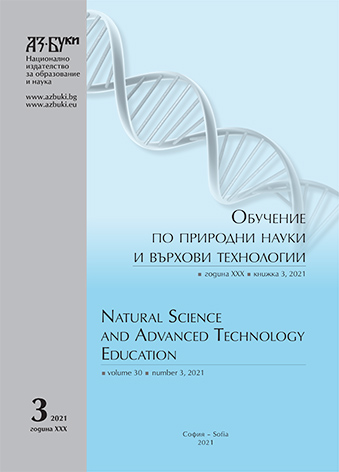Computational analysis of the messenger RNA variants encoding two isoforms of the high-mobility group box 1 protein
Computational analysis of the messenger RNA variants encoding two isoforms of the high-mobility group box 1 protein
Author(s): Luchezar Karagyozov, Jordana TodorovaSubject(s): Social Sciences, Education, School education, Vocational Education, Adult Education, Higher Education , State/Government and Education, Inclusive Education / Inclusion
Published by: Национално издателство за образование и наука „Аз-буки“
Keywords: High-mobility group box 1 protein; HMGB1; splicing; translation; isoforms
Summary/Abstract: High-mobility group box 1 protein (HMGB1) is a multifunctional nonhistone chromosomal protein. This widespread nuclear protein has a dual function-in the nucleus - it binds DNA and participates in practically all DNA-dependent processes. On the other hand, the protein plays an important role in the extracellular matrix as an “alarmin”, which interacts with certain receptors and stimulates biochemical pathways, associated with carcinogenesis and metastasis. HMGB1 is a critical damage-associated molecular pattern molecule, has been implicated in several inflammatory diseases and cancer types. This universality makes it an attractive target for innovative therapeutic strategies in the treatment of various diseases. The updated database for the HMGB1 gene, encoding the high-mobility group box 1 protein, was used for computational analysis of the annotated mRNA splice variants. Results showed that five of the splice variants encode an HMGB1 protein, containing 215 amino acid residues. However, two of the splice variants encode a shorter HMGB1 protein with 158 residues. Presently, the existence of a shorter HMGB1 protein is not registered in the protein databanks. This inconsistency is not yet resolved.
Journal: Обучение по природни науки и върхови технологии
- Issue Year: 30/2021
- Issue No: 3
- Page Range: 243-252
- Page Count: 10
- Language: English
- Content File-PDF

